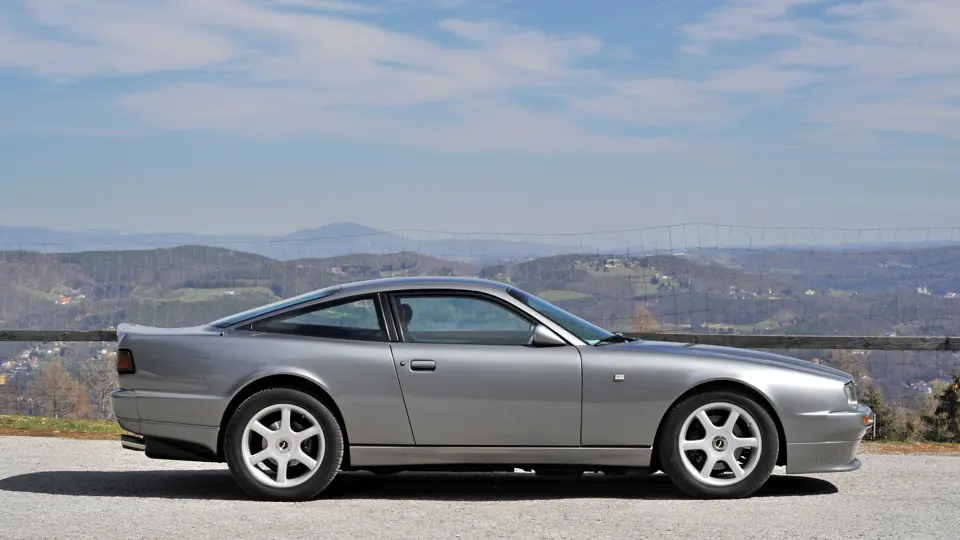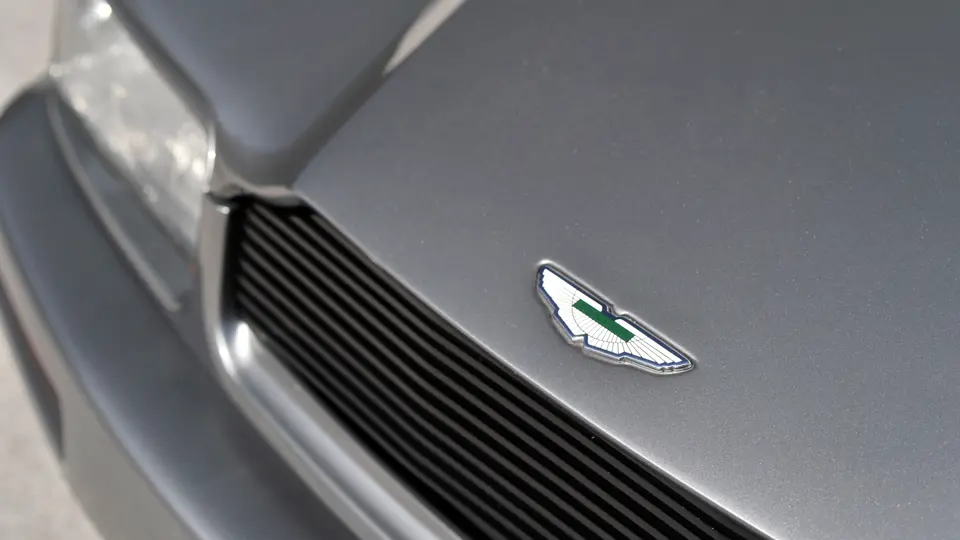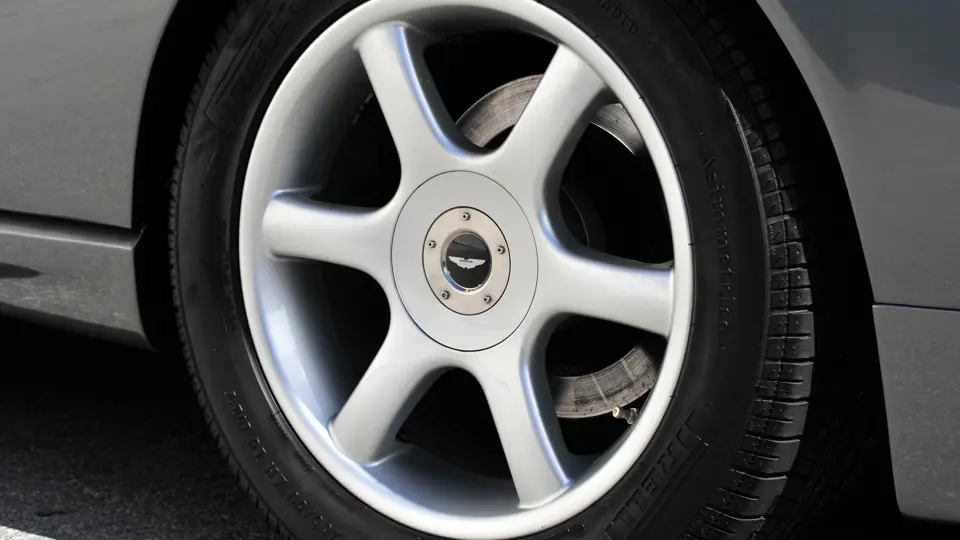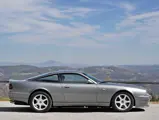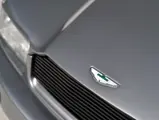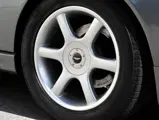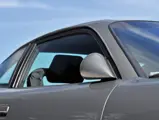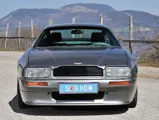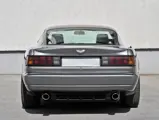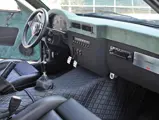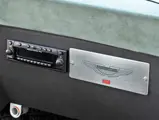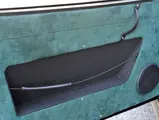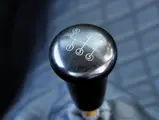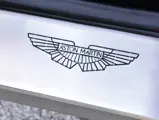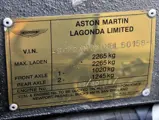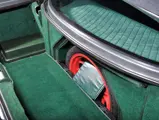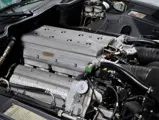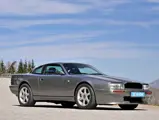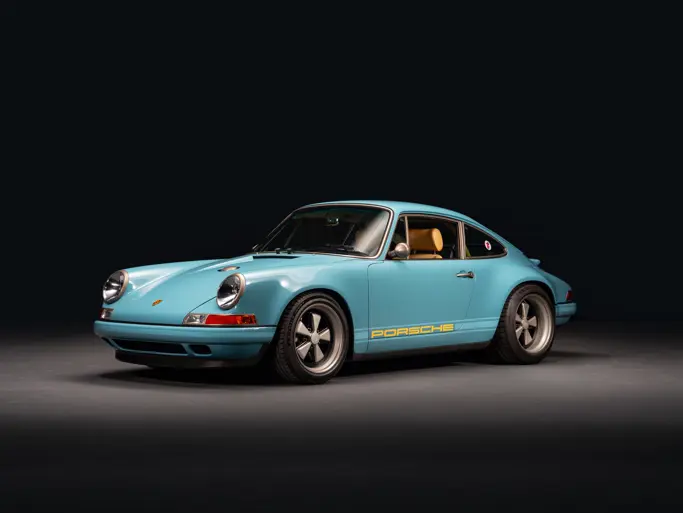330 bhp, 5,340 cc V-8 engine with Calloway heads and Weber fuel injection, five-speed manual transmission, front and rear independent Harvey Bailey sports suspension, and four-wheel disc brakes. Wheelbase: 2,610 mm
With the 1990s looming, Aston Martin Lagonda had done all it could to its decades-old V8 line, and customers were rabid for a new Aston. It was at the 1988 Birmingham Motor Show that the Virage debuted—a powerful, angular beast of a GT. The chassis was based upon the Lagonda, and the all-aluminium body was still hand-formed, despite its much more modern look. The 5.3-litre engine produced 330 horsepower, with top speeds of 250 km/h. Within moments of the unveiling, Aston Martin had a waiting list several years long.
There was just one small problem: the Virage was rather heavy. Even Aston Martin’s increasingly supercharged V8 could only go so far to increase performance on a car that weighed in at 1,790 kilograms; the solution was to make a “lightweight” version. The one on offer here was sanctioned by the factory and executed on one of the very early models.
This Virage left Aston Martin’s Newport Pagnell factory having been manufactured to complete production specifications and finished with the 6.3-litre engine upgrade. Originally finished in Middlesex Green with burgundy leather, the car was shipped to Aston Martin distributor Car & Driver in Hamburg, Germany. It was here that the intensive work of stripping an estimated 250 kilograms out of the Virage began. In order to retain the masculine body design, little was changed to the exterior. Unique wing mirrors and a sports spoiler were fitted to improve aerodynamics, and the later-style 17-inch wheels were added. The suspension was upgraded to a sports package, as were the front and rear axles, and a sport exhaust was added.
The majority of the weight was lost by stripping back the interior, although Car & Driver was sure to keep elements of Aston Martin’s luxurious touches. The wood dash and door trim was replaced by colour-matched Alcantara, and the entire centre console was removed. In its place, quilted leather covers the transmission tunnel in a simple yet elegant design. The rear seats were removed and the front seats replaced by sports seats with improved side bolsters and three-point harnesses. The bulky interior door handles were replaced with pull handles, and even the glass was exchanged for a thinner style. Although minimal, the interior remains comfortable and elegant, with leather and Alcantara covering all available surfaces. During a previous ownership, the engine was converted back to the factory standard 5.3-litre motor. The car retains the highly desirable five-speed manual transmission, RC-stereo, and original factory manual with toolkit.
Approximately 25 more Lightweight versions were planned, however, the extreme cost of the Virage plus the conversion, nearly DM 500,000, meant that this is the only Virage GT to exist with these exact modifications. Later, a royal customer had a similar model created for him by Aston Martin; however, this initial version is reportedly lighter by an estimated 100 kilograms. Testing in 1993 reportedly proved this Aston Martin to be not only quicker than the standard supercharged Vantage, but to have better handling, too.
To any collector who wants something entirely unique, look no further—the Virage GT Lightweight is certainly one of a kind.

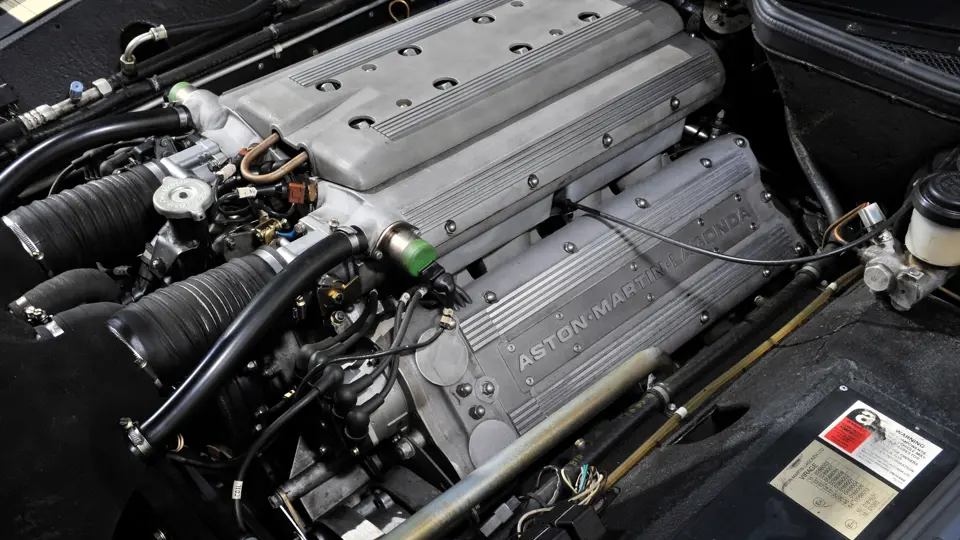
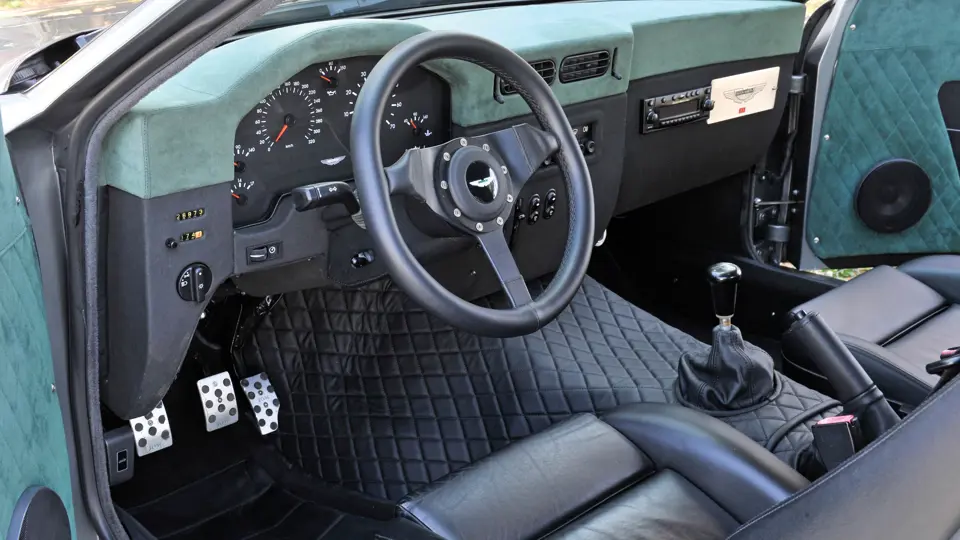

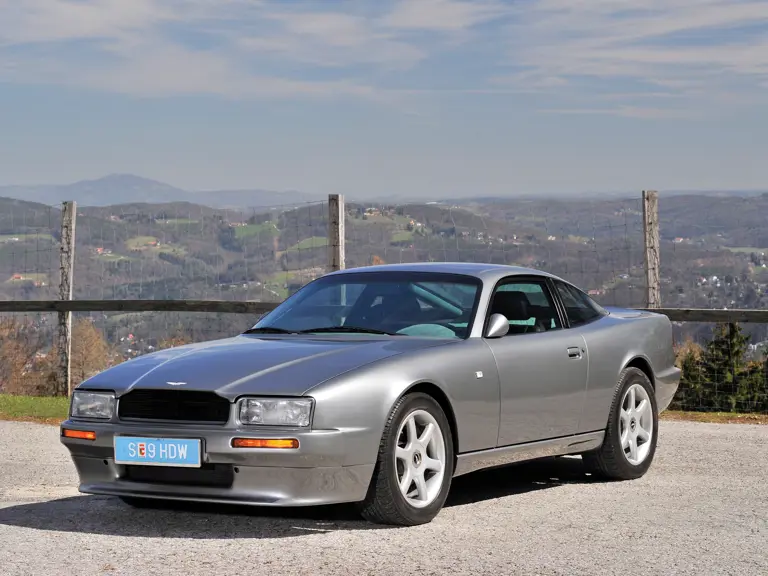
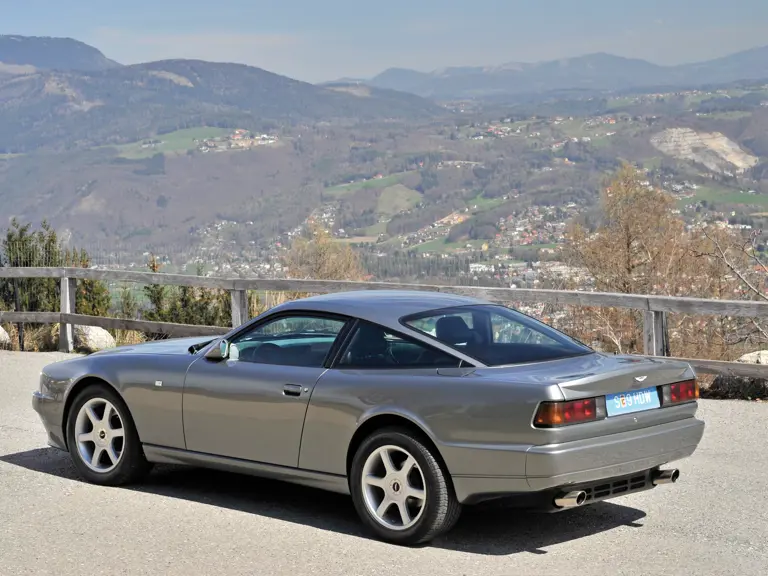
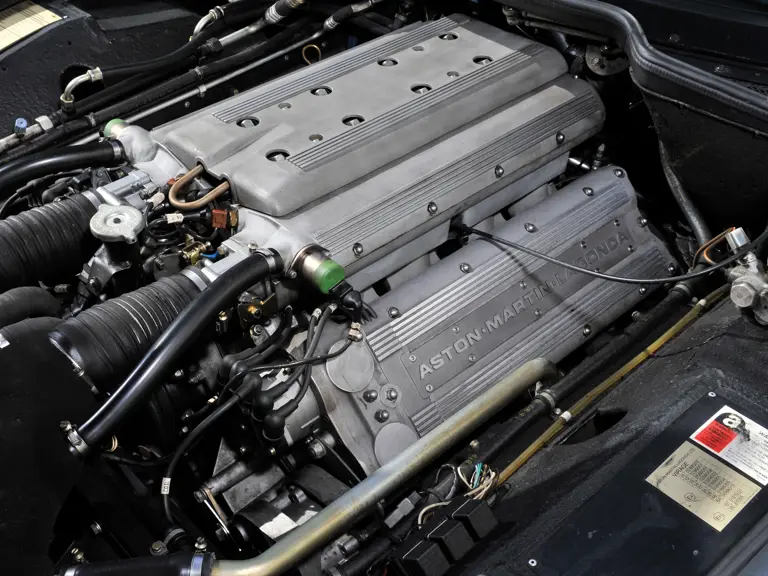
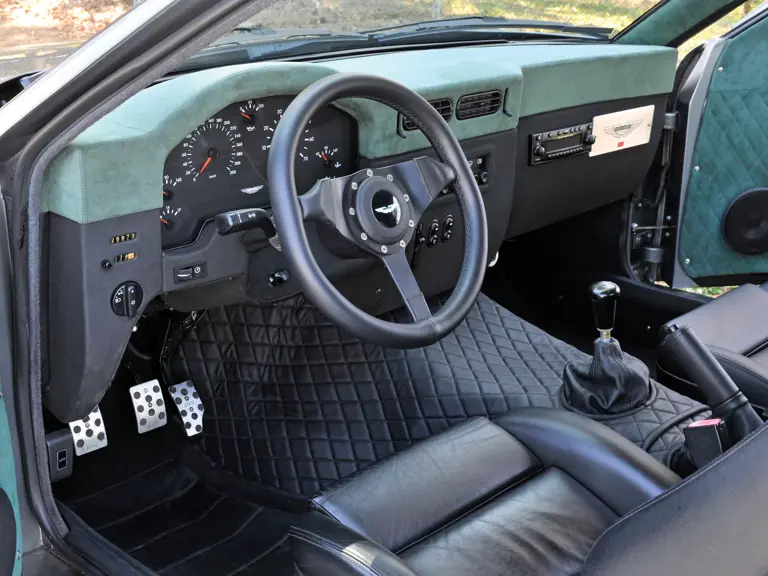
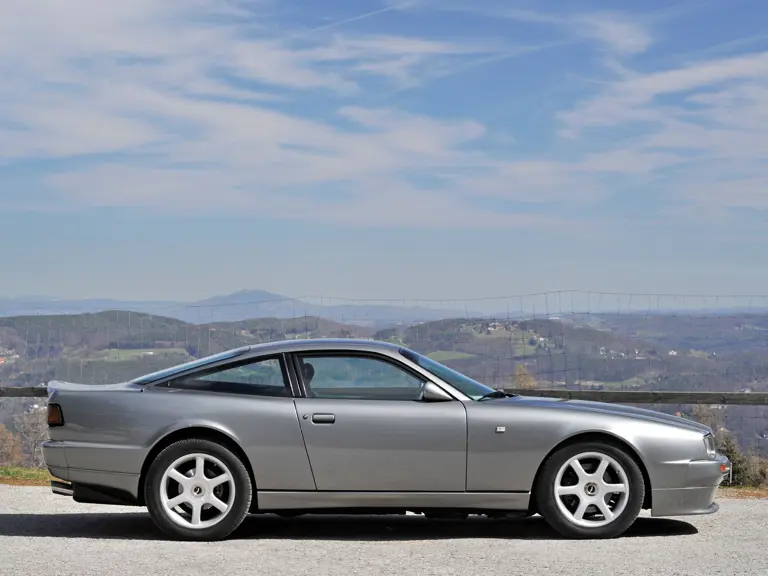
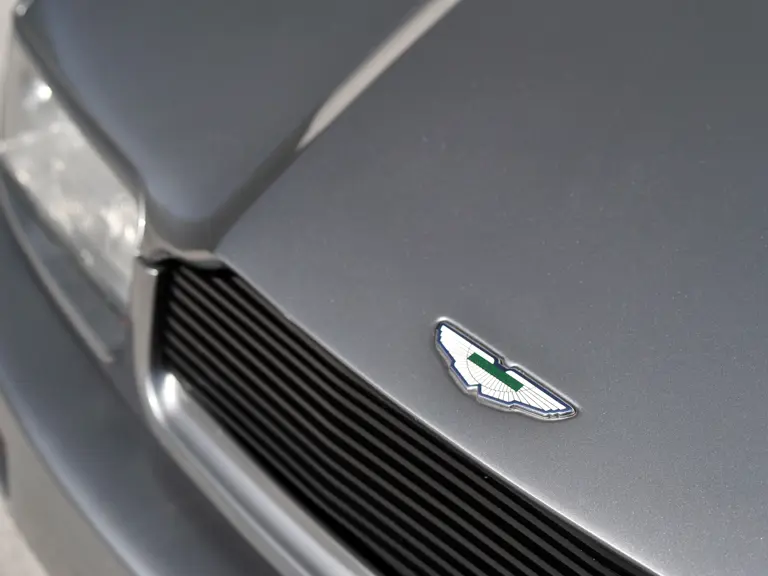
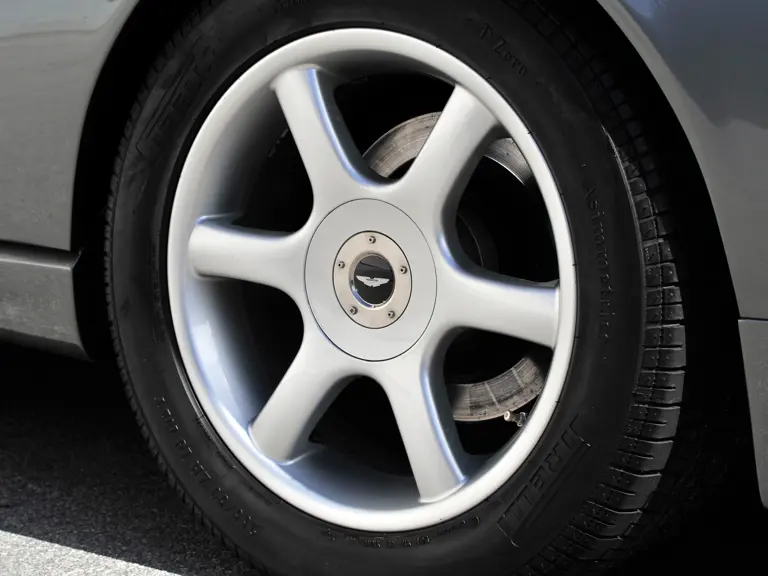
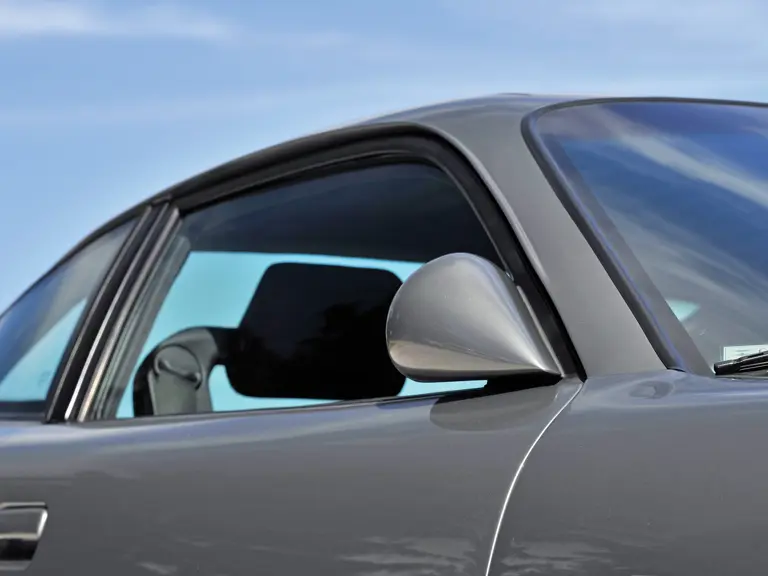


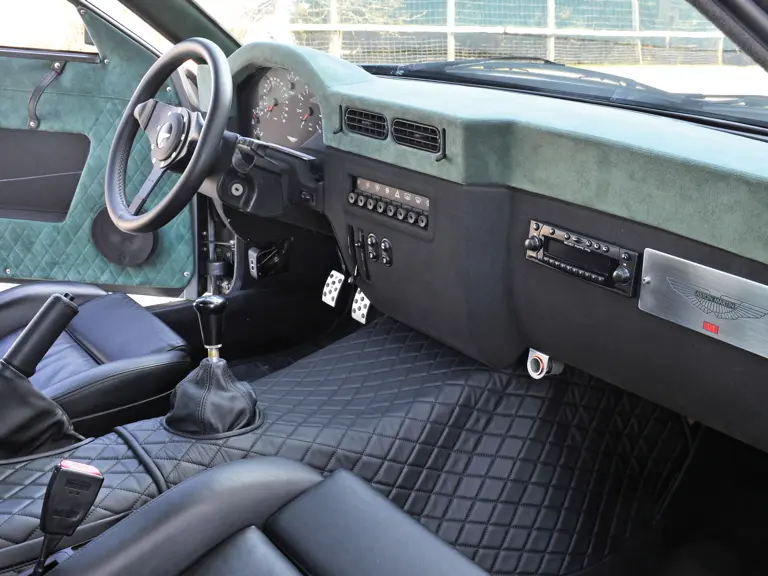
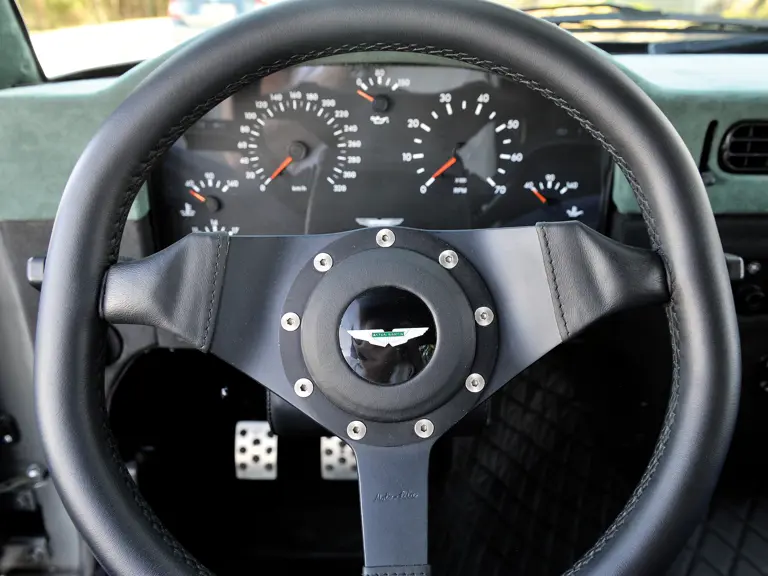
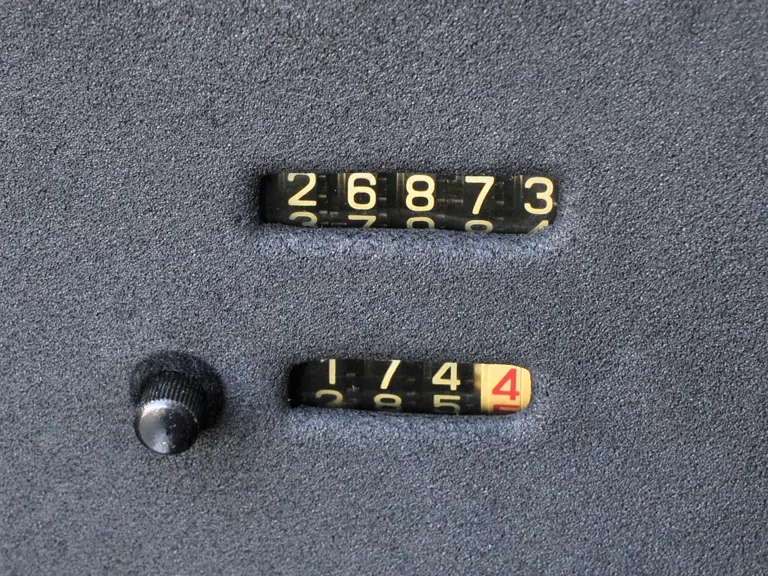
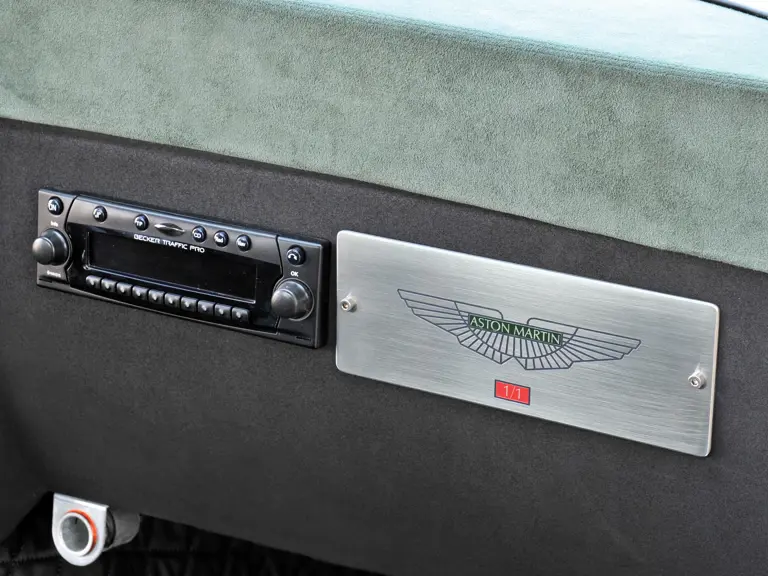
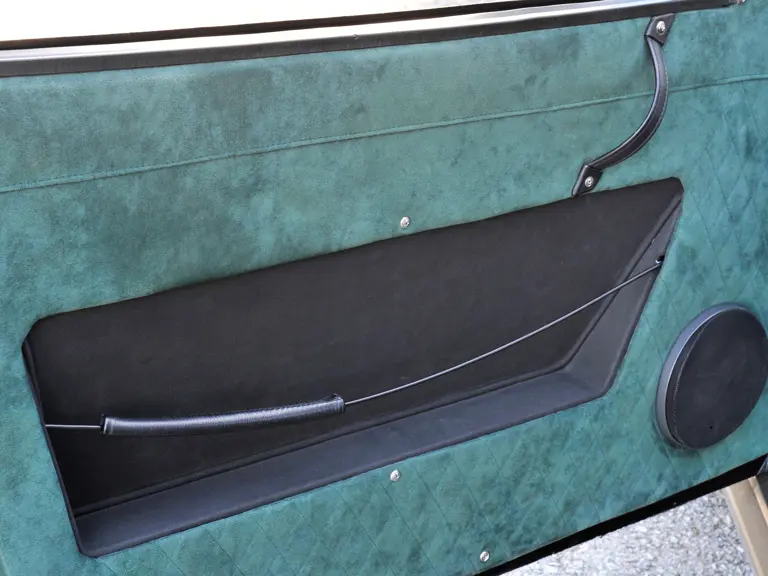
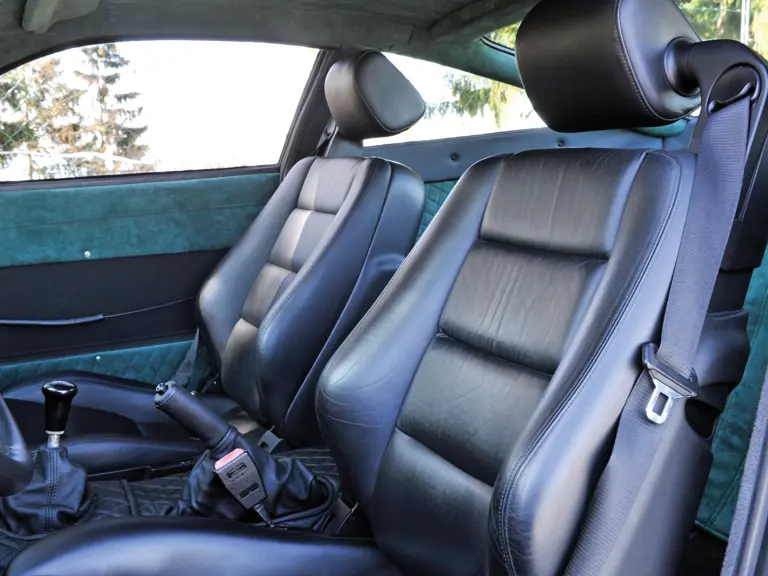
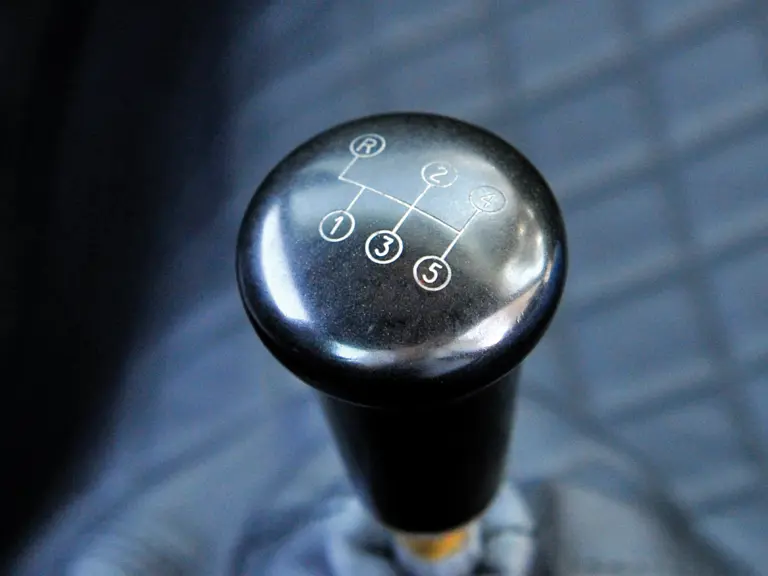
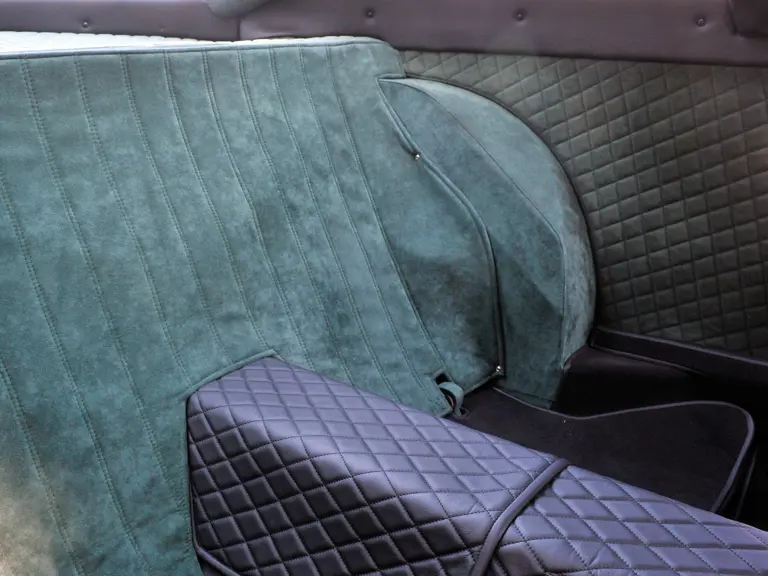
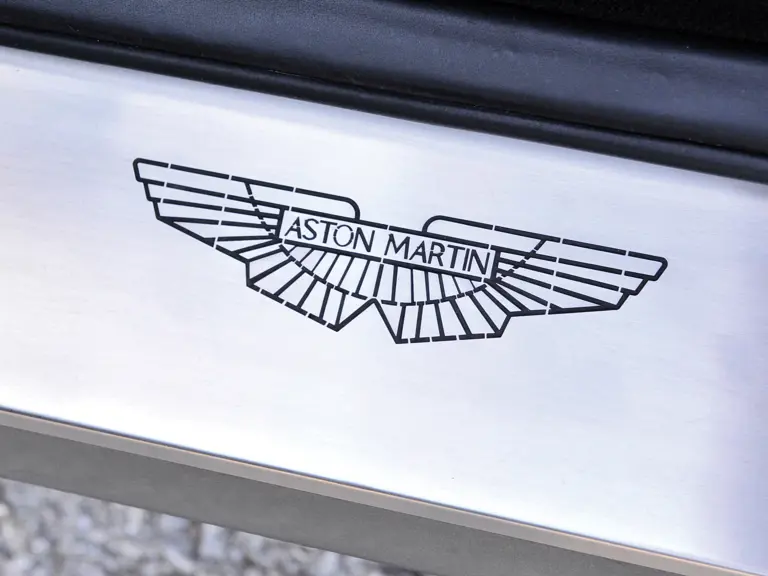

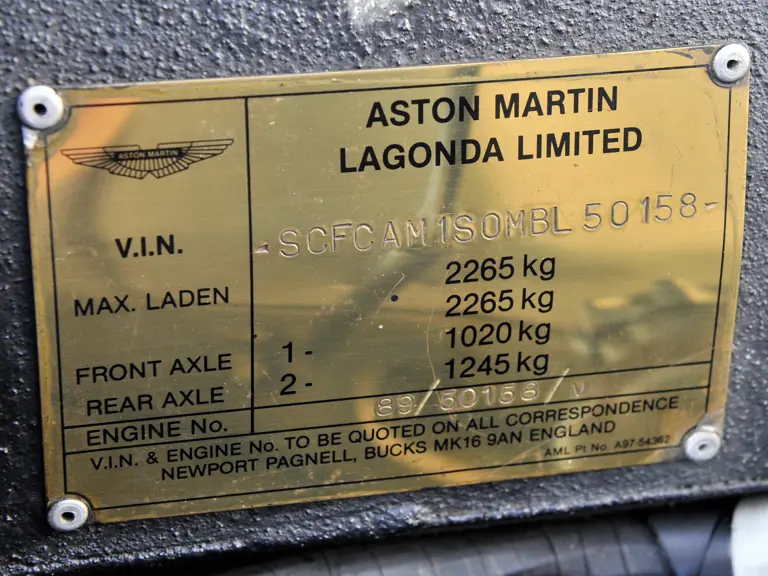
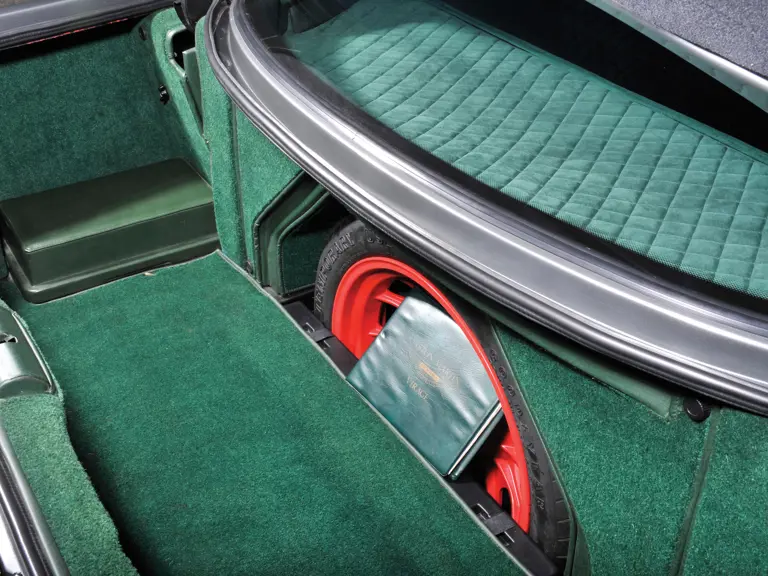
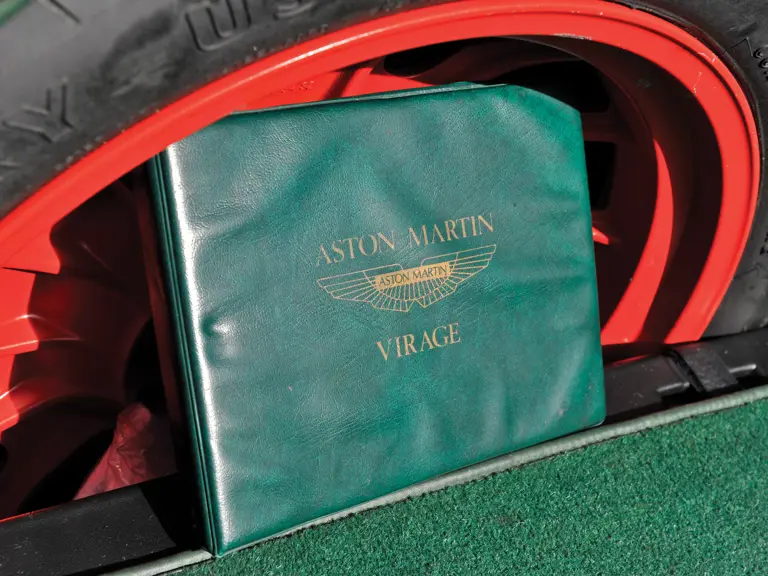
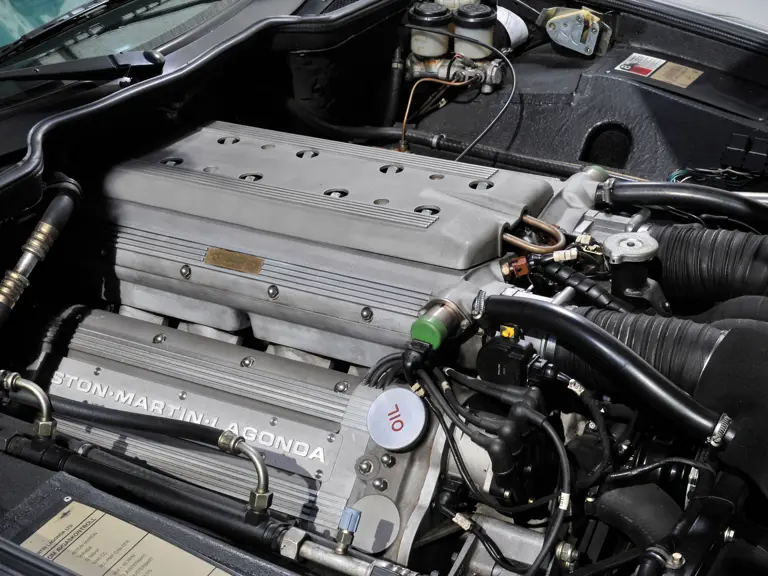
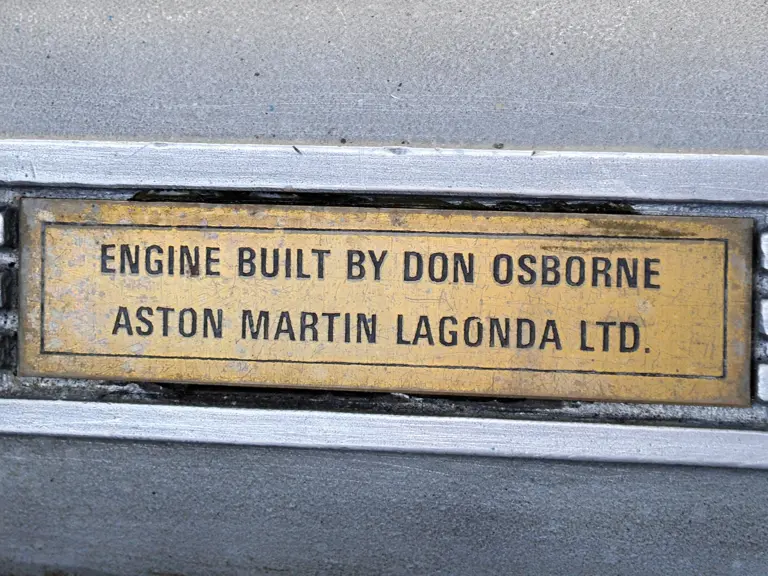
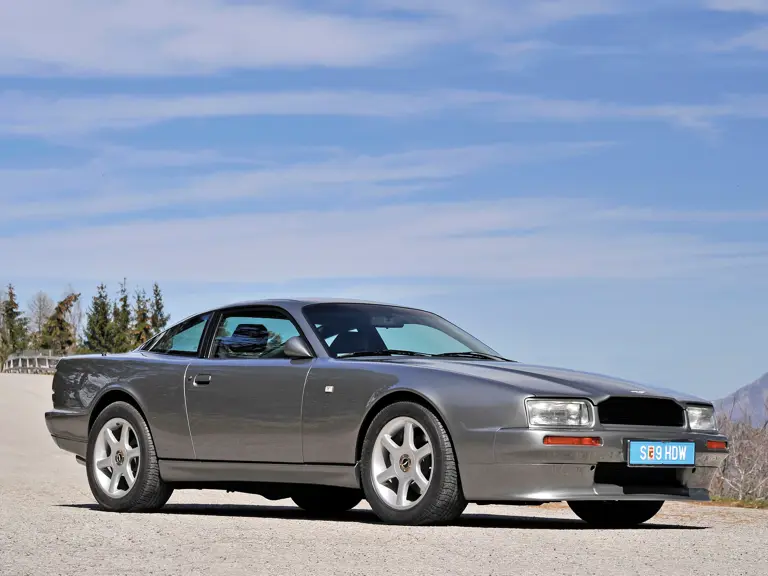
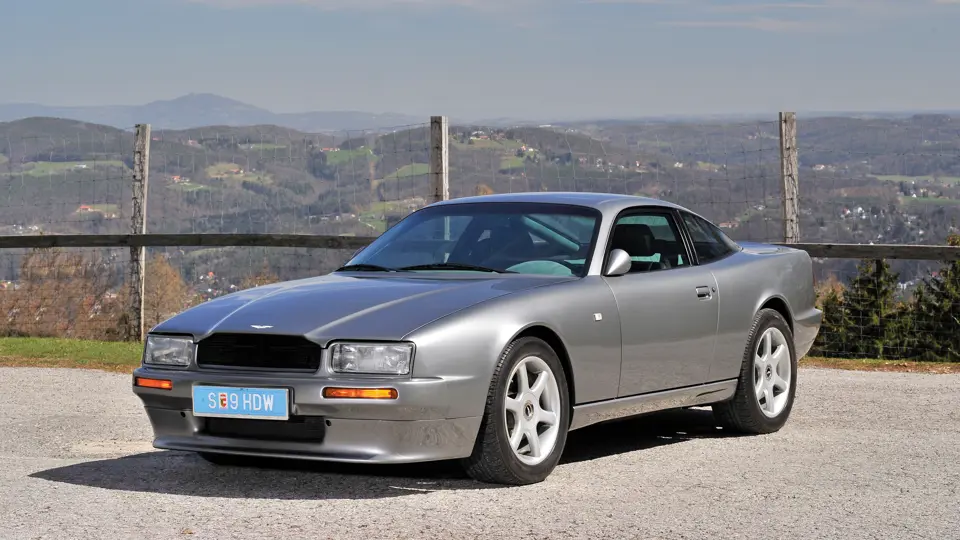
 | Monte Carlo, Monaco
| Monte Carlo, Monaco
